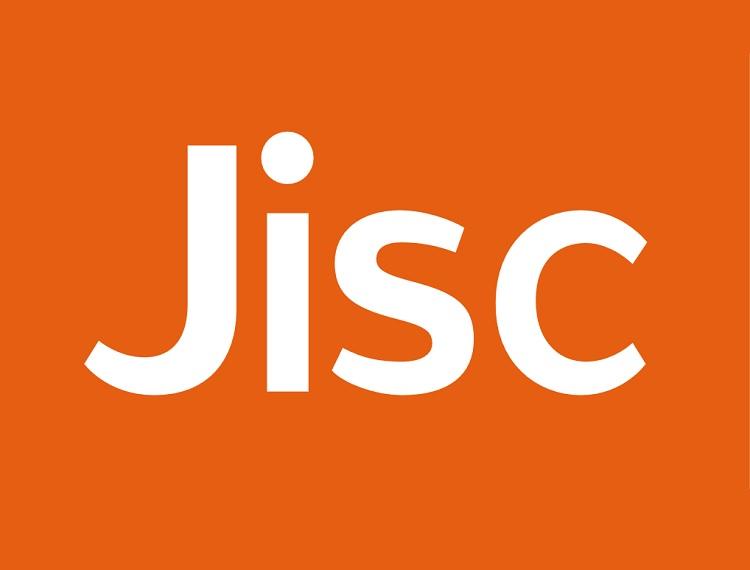FE leaders’ survey

While the FE sector will agree that colleges are generally facing a tough time at the moment, a new survey by Jisc finds evidence that some of the challenges are becoming more difficult.
FE leaders were asked to rate six challenges and most agreed that the biggest struggle is in creating a financially viable organisation. At number two is the need to create an agile organisation that can anticipate and react to change.
Judged to be the third most significant challenge is creating and sustaining excellence in learning, while delivering more from less (cutting costs, while also achieving better outcomes) is fourth. At fifth and sixth are meeting the expectations of learners and local employers.
Importantly, leaders feel the amount of effort needed to meet all of these challenges has increased since the last survey just a year ago.
How can colleges deal with the challenges? Leaders feel that better use of data and technology are key factors which could help them face down problems. When asked which of nine suggested elements would make their college more attractive to individuals, employers and other stakeholders, these two factors in particular have grown in significance since 2016.
Providing greater access to data, which will better inform decision making and develop skills, was this year cited by 58% of respondents as crucial compared to 45% in 2016. This year better data access is judged to be the most important factor in making an organisation more attractive, while in 2016 it was third.
Enhancing technology as a way of meeting new Government expectations is seen by 46% of respondents as a priority in 2017, compared to 33% in 2016. This is now the third most important factor for increasing attractiveness – up two places on last year.
Meanwhile, the second most important factor overall (agreed by 56% of respondents – a figure unchanged from 2016) is ensuring learners can access any learning resource, anytime on any device from anywhere. This sentiment is supported by Jisc’s student digital experience tracker survey, which showed that only 68.5% of FE leaners had reliable access to wi-fi and only 60.6% use a virtual learning environment for coursework.
Giving students what they want Ross Anderson, e-learning ambassador at North Lindsey College, explains how using data from a student digital experience tracker gave “in-depth feedback on what the students were thinking”.
He said: “We discovered that students’ access to mobile and digital devices was below the national average, so we’ve been able to provide more access to those devices at college, which has made a big difference.
“The feedback I get from staff is how interested and engaged students have been while using particular pieces of technology, which gives me a great deal of satisfaction.
“It’s always really difficult to show directly the impact of technology on teaching and learning. However, we’ve definitely seen an increase in the number of students who are talking about technology, that are using technology, and that, ultimately, has an impact on how the students succeed.”
The case for investment But are colleges finding themselves in a catch 22 situation? On the one hand FE leaders acknowledge that making good use of technology is crucial to the future success of colleges, but funding constraints continue to hamper innovation.
Jisc (the UK’s education technology solutions not-for-profit) argues that it would be false economy if colleges chose not to invest in technology – the advantages to staff, learners and organisations make it a no-brainer.
Jisc’s head of FE and skills, Paul McKean, explains: “Although FE colleges are facing continued financial hardship, spending money on embedding digital practice and digital infrastructure can only be advantageous. Not only will cutting-edge IT systems, including cloud storage and shared services, save time, money and physical space, there are measurable benefits to learners too.
“For example, colleges can improve student wellbeing and retention rates by using learning analytics to detect those who are not engaging with study and could be at risk of dropping out. And students who are routinely exposed to technology for learning, feedback and assessment will be gaining digital skills vital in the workplace.
“Colleges that embrace these elements will be best-placed to be competitive and attractive to the widest range of students, including adult and distance learners and apprentices.”
The online survey was sent to college principals and leaders in finance, teaching and learning, technology and learning resources on 24 April and was live for two weeks. Responses were received from 99 individual leaders representing 22% of colleges (89 out of 413).
About Jisc: The UK higher, further education and skills sectors’ not-for-profit organisation for digital services and solutions:
- operate shared digital infrastructure and services
- negotiate sector-wide deals with IT vendors and commercial publishers and
- provide trusted advice and practical assistance for universities, colleges and learning providers.











Responses